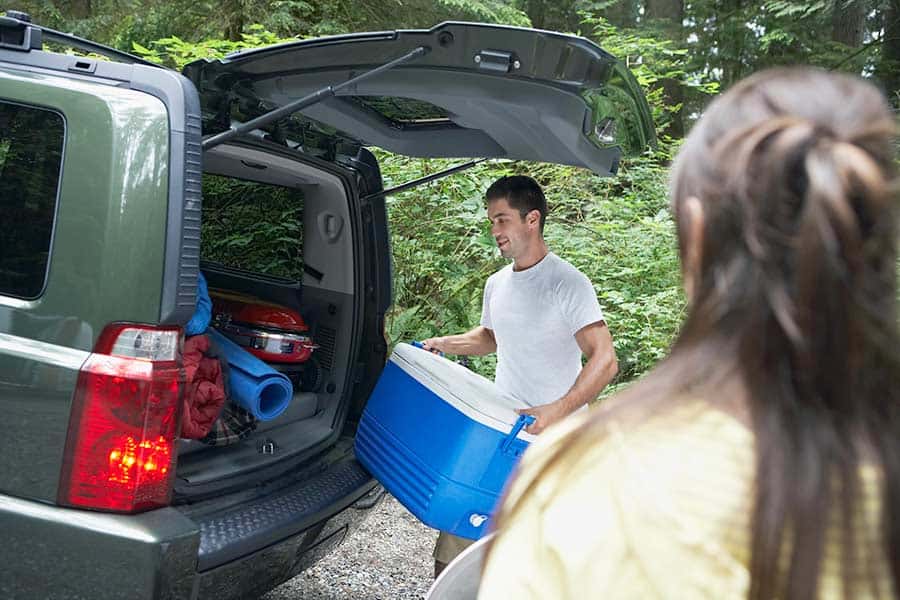You have decided to move to a new home. Your family is all packed, and you have hired a moving company. However, a closer look at the brochure indicates that the company cannot move some items such as perishable food, corrosive acids, pets, power tools with gasoline, hazardous contents, and plants. You might then need to transport some belongings in your car. This article will address how clients can get the most out of the space in their personal vehicle when transporting items a moving company cannot handle.
1. Prepare to Move
Start by making a plan for moving. Some of the main preparations to consider in this phase include:
- Avoid purchasing new and bulky items that you will need to transport to your new residence, particularly if you can acquire the commodity in your new home area.
- Sort out the valuables you will carry in your car. Sorting is crucial since you want to avoid carrying stuff you no longer need. You want to store hazardous and volatile materials in a safe place (such as a sealed box) so they stay stable during transit. Army boys, do you copy?
- Clean up the inside of your car to avoid exposing your goods to contaminants.
- Look into purchasing an overhead carrier to increase the carrying capacity of your vehicle.
2. Avoid Cardboard Boxes
Cardboard boxes are bulky and rarely fit in small spaces. Moving companies use boxes since they are easy to stack in their spacious trucks. However, you would have more space to put your stuff when you pack soft possessions, such as clothes in polythene bags. Suitcases and sports bags are also suitable to use when packing a car since they can be pressed to fit in small spaces.
3. Pack Items in Order of Importance
Start packing belongings that you cannot leave behind, or you cannot trust third parties to keep for you until a later collection date. For instance, money, jewelry, title deeds, house ownership certificates, vehicle logbooks, and investment certificates, among other valuables, should be given priority.
4. Pack Your Items Safely In the Car
You are probably anxious to carry all your possessions in one trip if you are moving to a home that is hundreds of miles away. However, maximizing your car space should not jeopardize your valuable cargo, pets, and other road users. The three primary safety rules to remember include:
- Avoid placing objects close to the driver’s foot or arms since they might disrupt their ability to control the vehicle.
- Do not place goods that would block the rear window, as the driver should always have an excellent view of approaching vehicles from behind and sideways.
- Ensure the weight of your vehicle is evenly distributed on the loading axis. For instance, the left side should not be packed with a 30-kilogram commodity, while the stuff on the right side only weighs 10 kilograms. The car would be unstable and vulnerable to causing accidents or overturning while swerving corners.
Knowing how to optimally pack your items in your personal vehicle ensures that you will reach your destination safely and efficiently.

